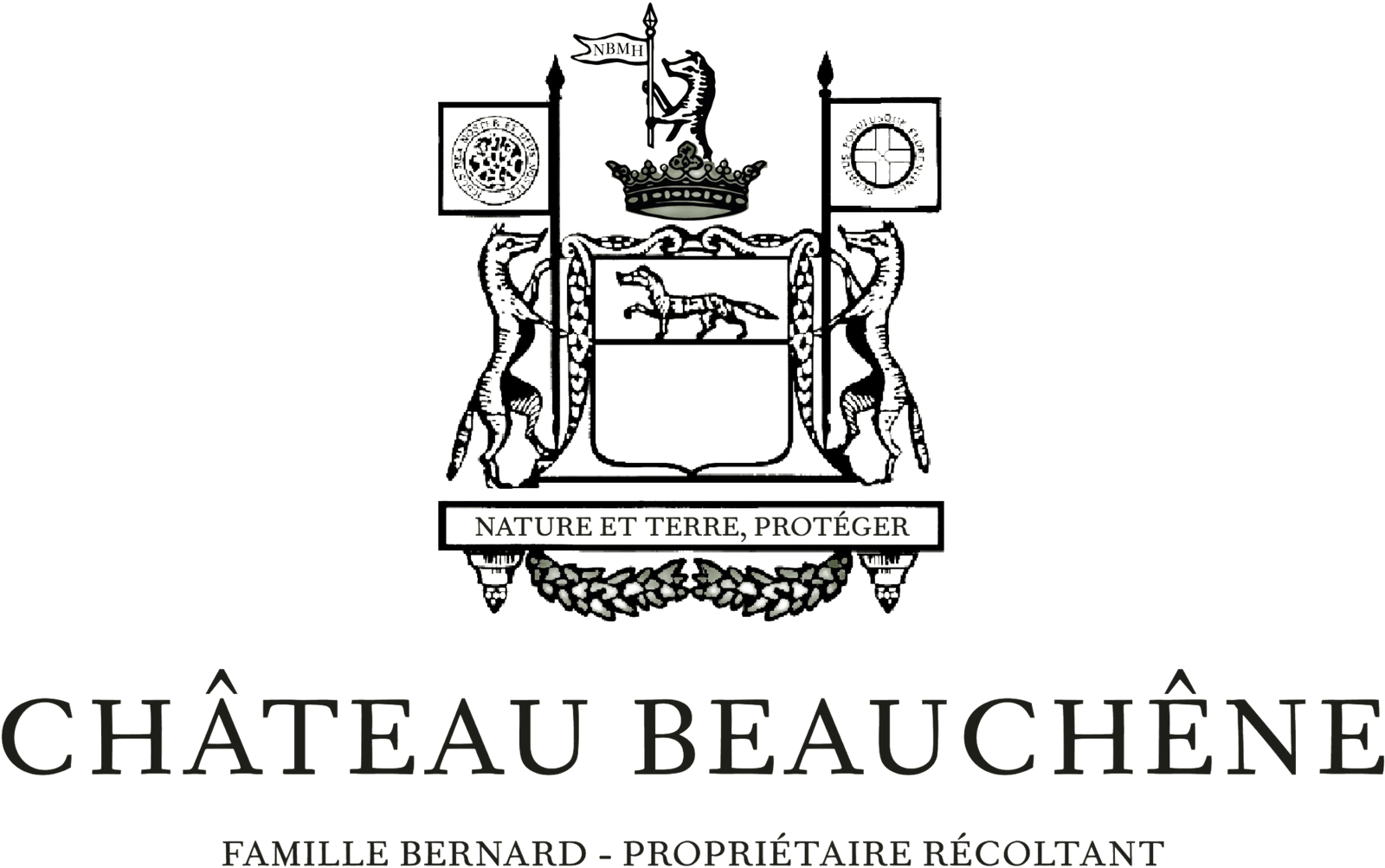Autumn 2019 at Château Beauchêne…
After the harvest, at the end of October, we carried out a project of more extensive grassing on some ten hectares plots, by using several varieties of sown seeds,with agronomic qualities peculiar to each
one: release of nitrogen in the soil and enrichment of organic matter, aeration of soil by the roots, better assimilation of rainfall, adaptation to dry conditions and mulching during the dry season, cover to fight against weeds and last but not least, increase of biodiversity in our plots. We will compare the differences, how to find the best, depending on the plot, the grape variety and the age of the vines.

Spontaneous autumnal vegetation cover on our Premier Terroir soil near Châteauneuf-du-Pape: the winter ground resting


Sowing of oats and Fevenole beans on Mourvèdres in front of the Chateau

Our bees, meanwhile, have produced less honey than last year, the water has still been lacking, the honey has been concentrated and the summer harvest has been more moderate than last year. I have to say, it was an exceptional production. We left them their reserve for the winter. The colonies are vigorous, these reserves are sufficient to face the winter cold. Next spring, the hive collection will grow again.
In order to continue our wish to preserve and enrich biodiversity on the estate, we installed bat boxes last spring. They settled there this late summer. These small mammals are a great help in the fight against insect pests of the vines. The osmie nest boxes, small wild bees, have been collected to study the construction of their nest and recover the larvae for next year. This monitoring is for us an indicator of biodiversity in our field.
Until next time.
Estelle Bernard

